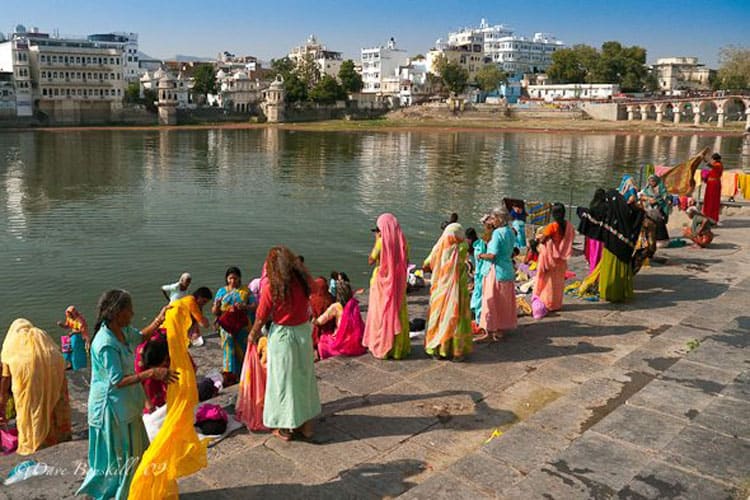Summary
New Visa Rules for India
Note: This article is being updated as the rules have changed significantly since previous visits to India.
In recent years, India revised its Visa policies following concerns about individuals entering and exiting the country without oversight. The infamous case involving an American terror suspect highlighted these vulnerabilities. Despite previous challenges, travelers can now enjoy longer stays with multiple entries.
What does this mean for travelers?
Travelers holding the standard 6-month multiple entry Visa now face new restrictions. Specifically, a person cannot re-enter India within two months of their departure. If visitors utilize the full 180 days allowed by their Visa, they must observe a two-month gap before returning, unless special permission is granted.
This poses challenges for those wishing to venture to neighboring countries like Sri Lanka and Nepal before returning to India.
Canadians traveling to India
For Canadians, obtaining an Electronic Tourist E-Visa is a straightforward process that does not require a trip to an embassy. Canadians are permitted to remain in India for up to 180 consecutive days, and they can also enjoy a stay of up to one year with multiple entries.
To apply for an India visa you will need:
- A passport valid for at least 6 months beyond the date of arrival in India.
- A digital passport photo.
- A scanned copy of your passport.
Typically, it takes around 4 days to obtain an Indian Visa; however, rush applications are available for expedited processing within 24 hours.
How this will affect you the traveler?
The Indian government indicates that while new legislation has been enacted, the 2-month gap will be applied flexibly for tourists on a 6-month visa. If travelers keep their documentation and detailed itineraries, they may find themselves allowed to re-enter India after short trips to regions like Sri Lanka or Thailand.
However, it appears that the multiple entry Visa system is becoming more restricted, with the government contemplating limiting issuances to only two or three entries.
What you should do
Should you need to re-enter India within a two-month window following your departure, it is advisable to seek approval from the appropriate Indian consulate in the country where you will be traveling. For instance, if leaving India for a brief two-week trek in Nepal, it would be wise to contact the Indian Consulate for permission to return afterward.
This precaution will help avoid the disappointment of being turned away at the border, ensuring a smoother travel experience.
Upon re-entering from another nation, it is mandatory to report to a Foreigners Regional Registration Office within 14 days of arrival.
Historically, extending one’s Visa was relatively straightforward, but with new regulations, travelers are advised to avoid overstays as enforcement has become more stringent, potentially leading to deportation.
Things Won’t Change too Much
Despite the seemingly harsh new rules, average travelers should experience minimal disruption. If your itinerary necessitates more than two or three entries within a six-month timeframe, it might be prudent to reconsider your travel plans.
Frequent re-entries can indicate excessive backtracking, which might complicate your journey. If your travels include just one or two re-entries, showcasing legitimate travel documentation should facilitate smooth access into India.
Additionally, registering with government offices during your travels is advisable, making visits to the Foreigners Regional Registration Office less cumbersome.
Simply adhere to the regulations, consult with the Indian consulate in your country, and regularly check their updates to ensure your journey to India is pleasant and hassle-free.
Note: Visa rules are continually evolving in India.





